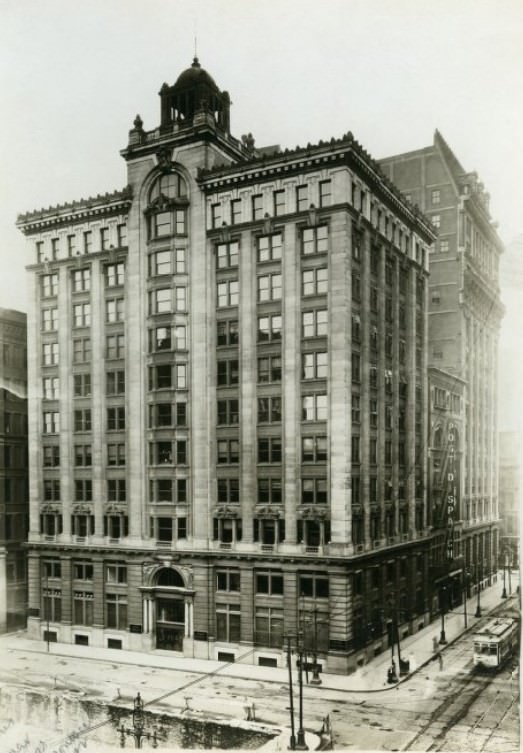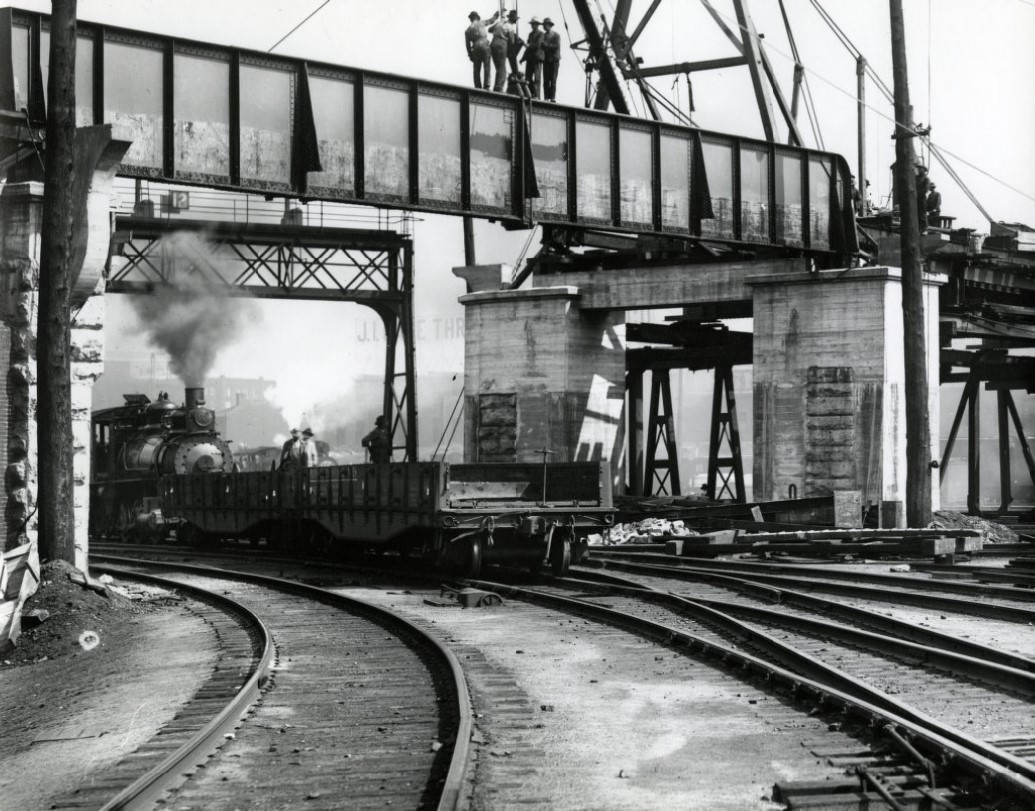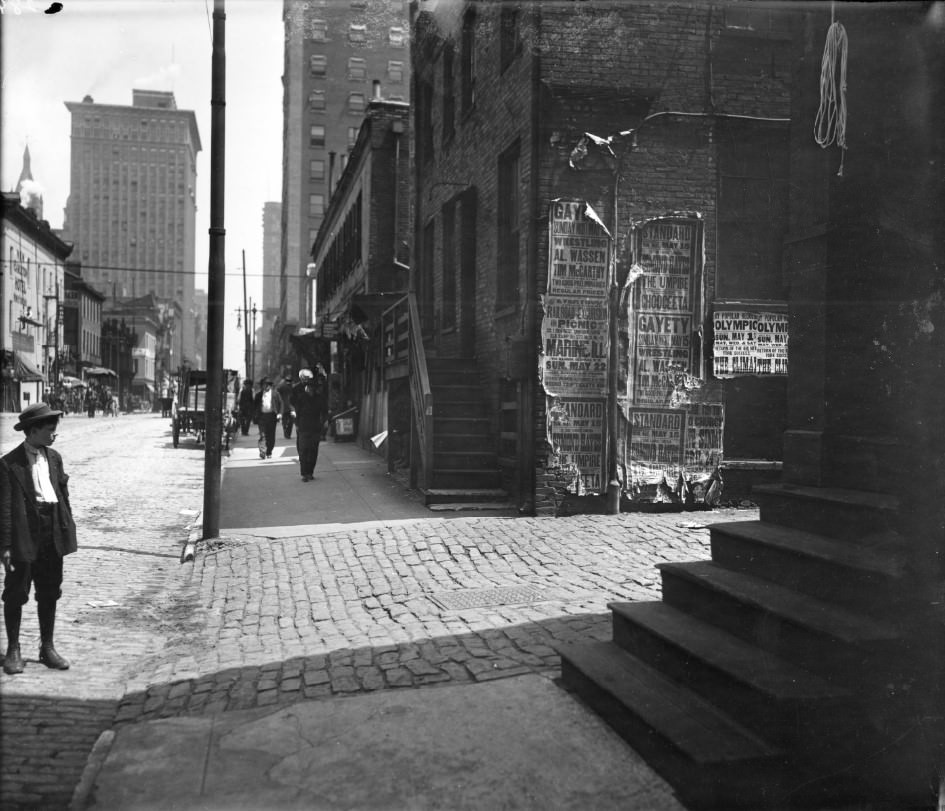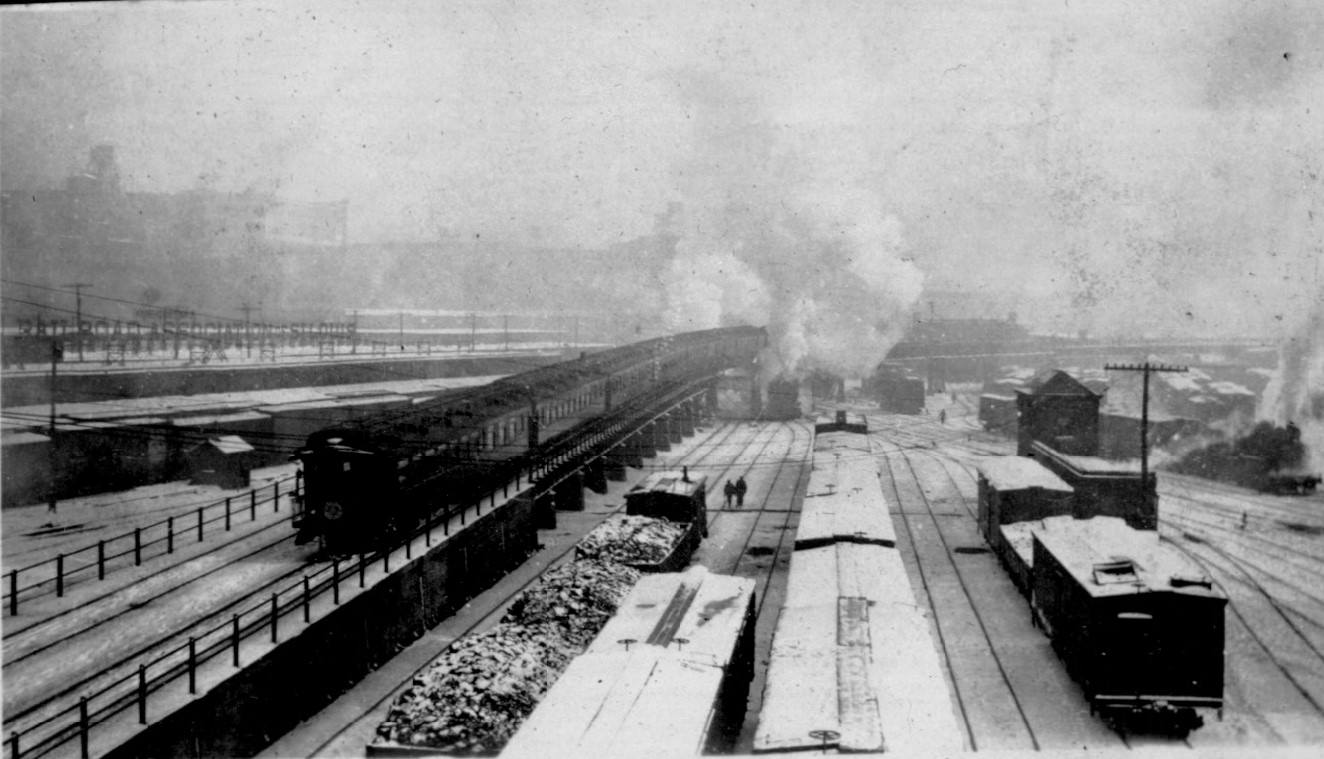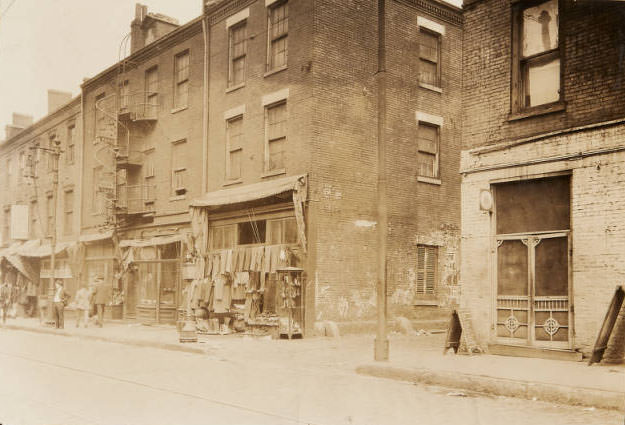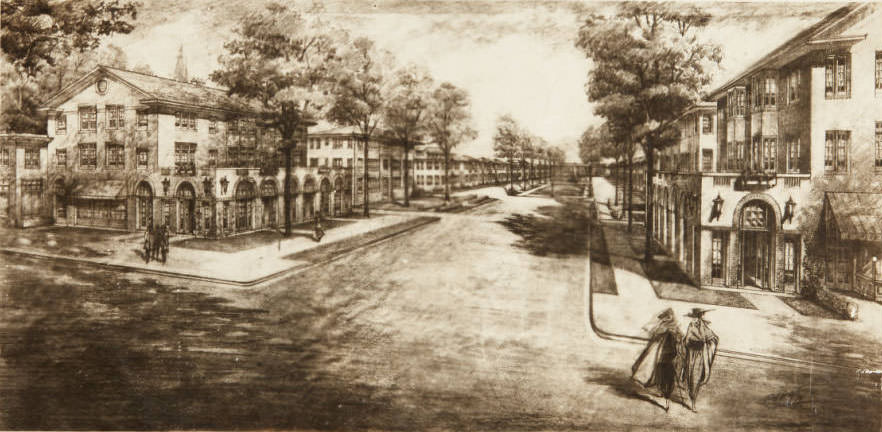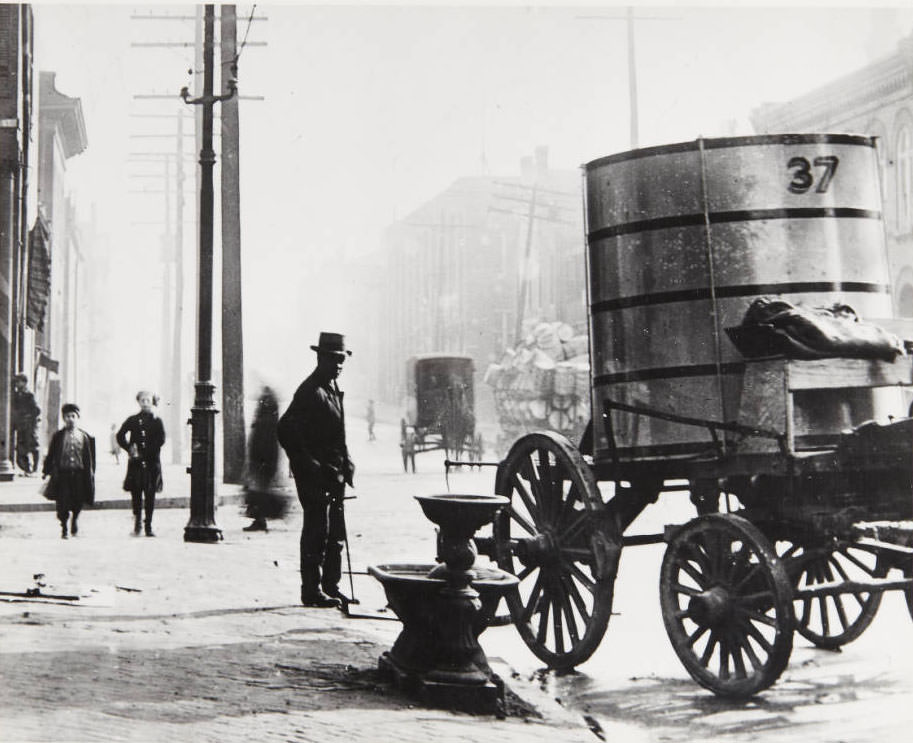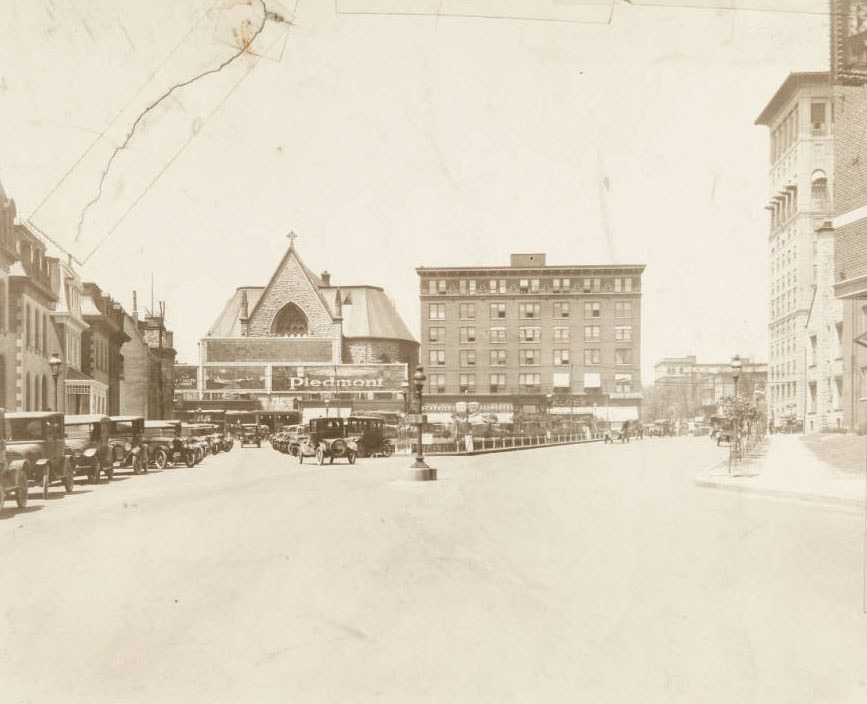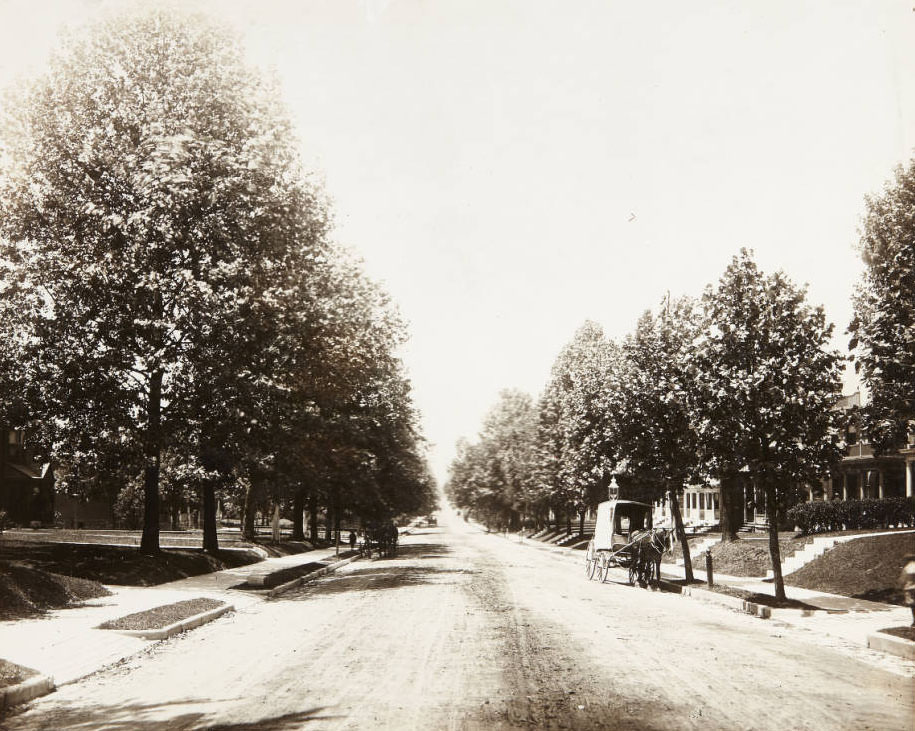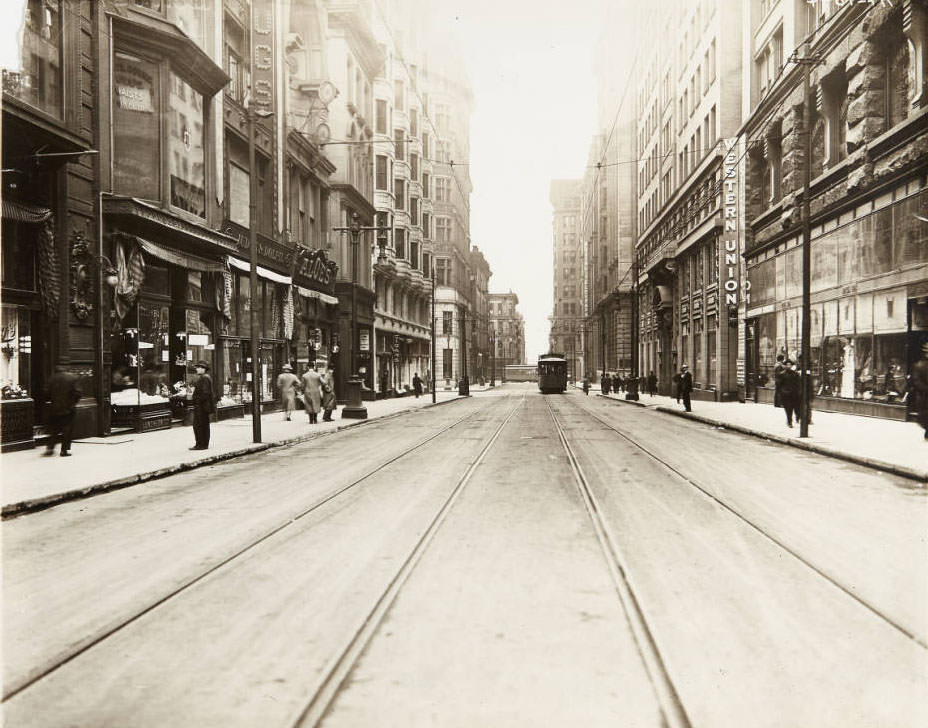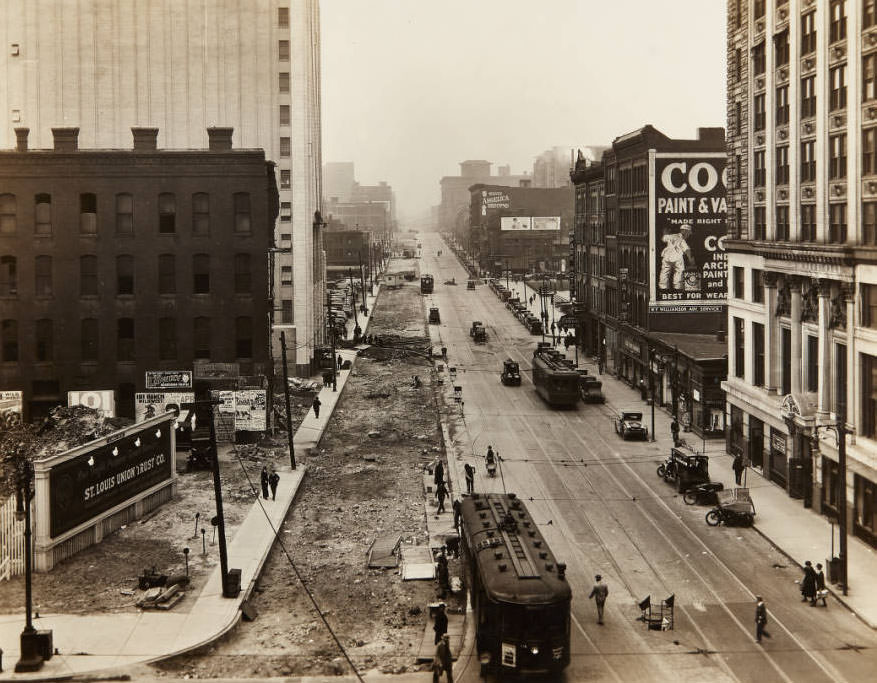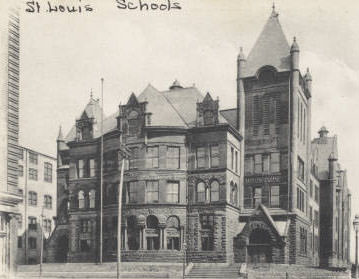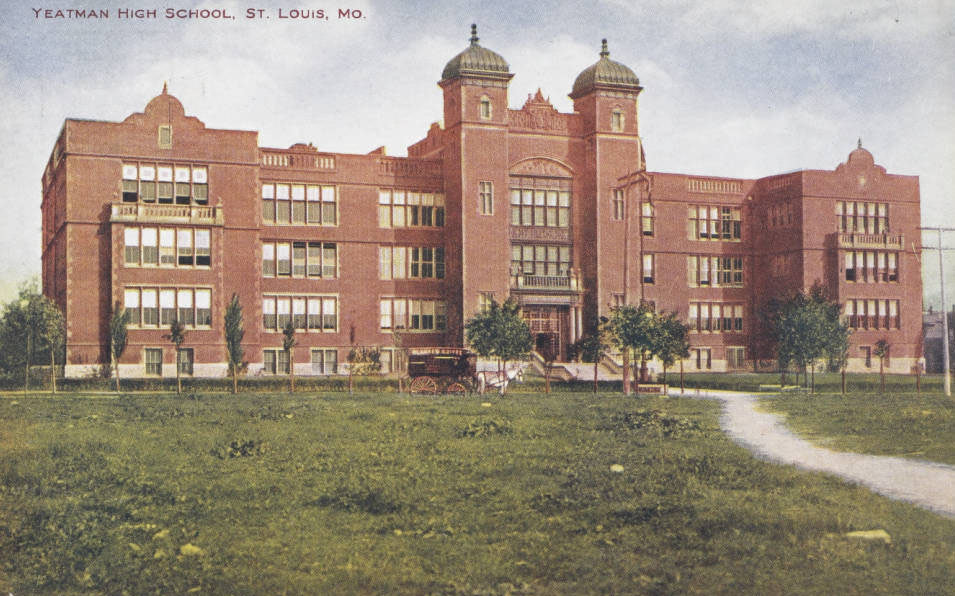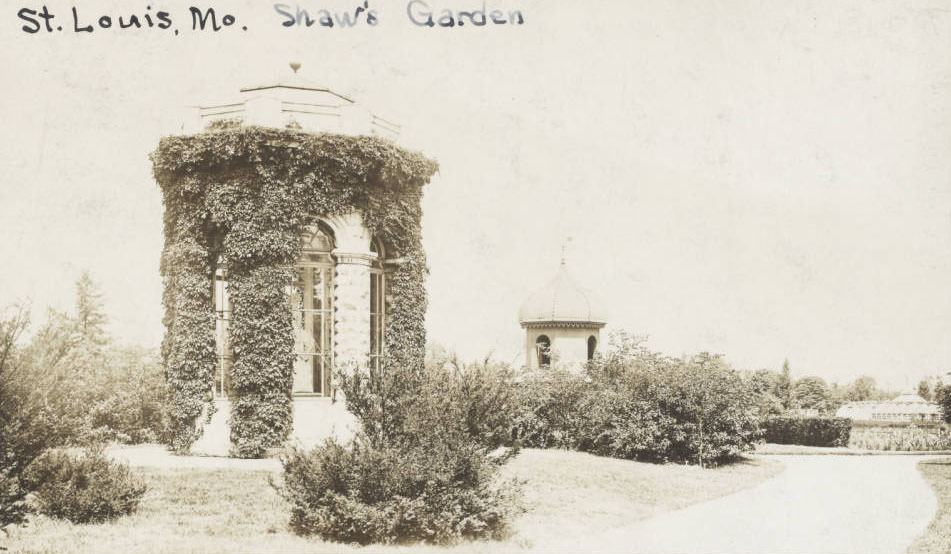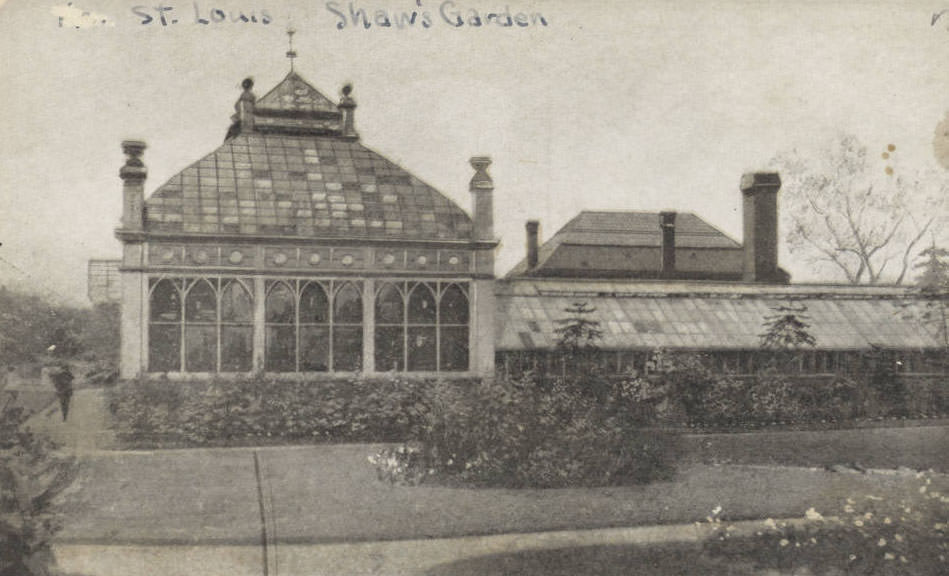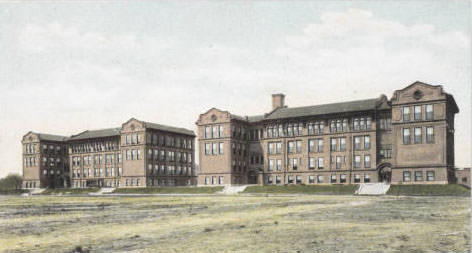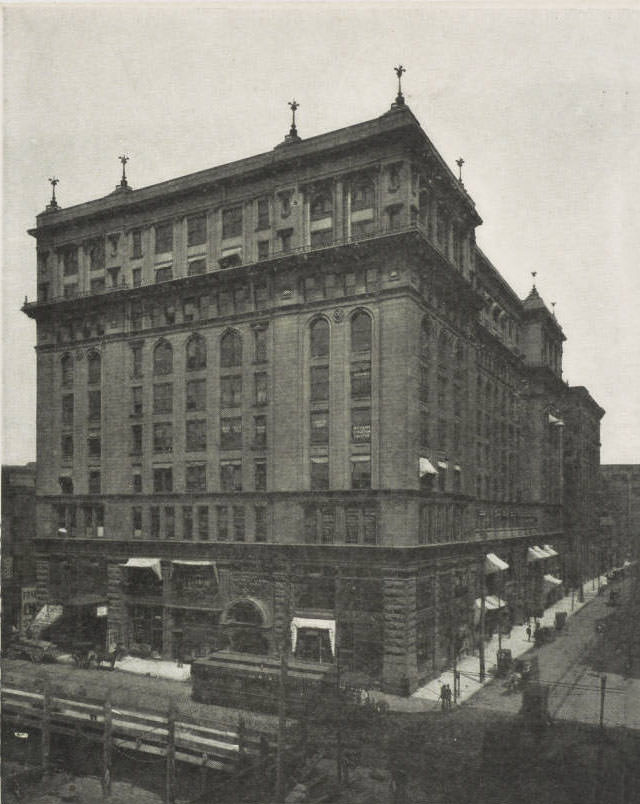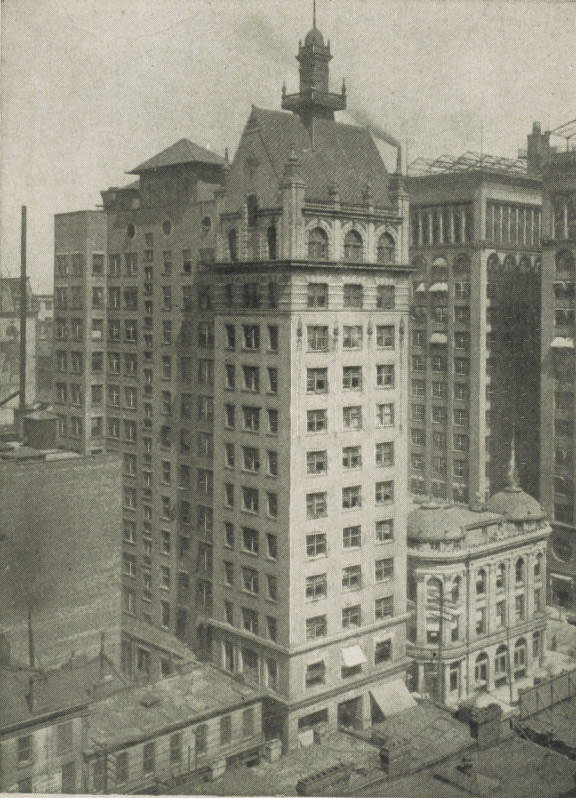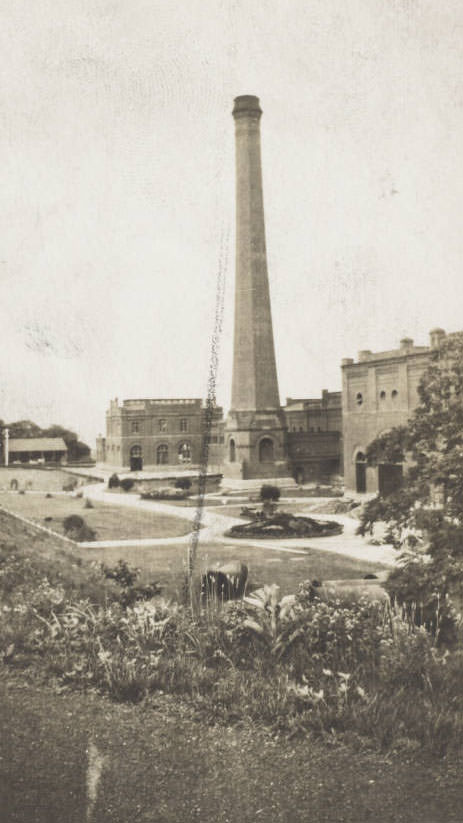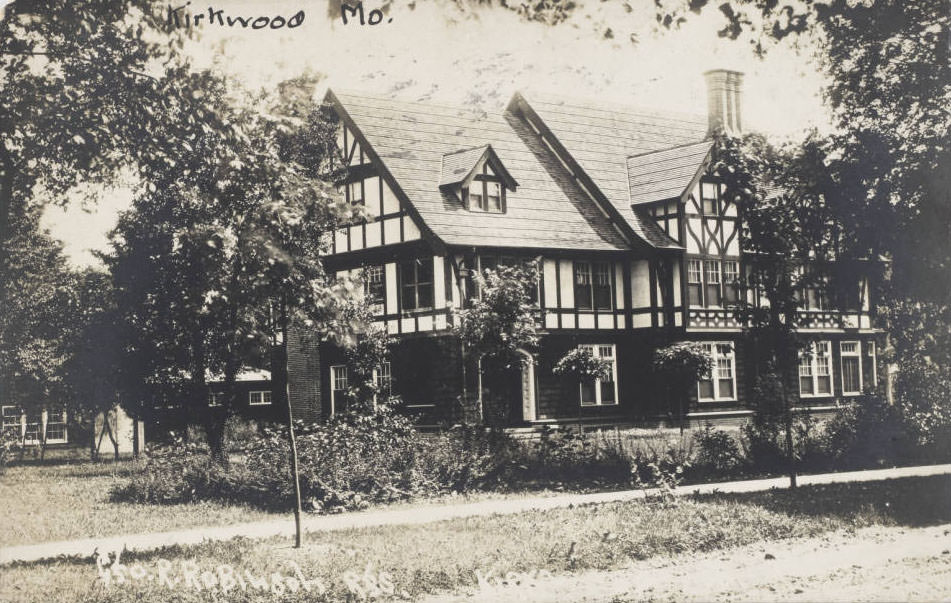At the beginning of the 1910s, the population of St. Louis was around 687,029. By 1920, the population had increased slightly to 702,905. The city was the fourth-largest city in the United States at the time and was a major industrial and transportation hub. The city’s population grew rapidly during the late 19th and early 20th centuries thanks to its role as a manufacturing, trade, and transportation center. During this period, St. Louis was also a destination for many immigrants, particularly from Europe. Many of these immigrants settled in the city and contributed to its growing population and cultural diversity.
During World War I, St. Louis, Missouri, played a significant role in the United States’ efforts in the conflict. One of the most notable contributions of St. Louis during World War I was the production of aircraft. The city was home to several major aircraft manufacturers, including Curtiss-Wright and the St. Louis Aircraft Corporation. These companies produced a variety of aircraft, including fighters, bombers, and transport planes, which were used by the US military and its allies during the war.
In addition to aircraft production, St. Louis also played a key role in the production of other war materials, such as ammunition, artillery, and tanks. The city’s factories and shipyards worked around the clock to produce the items needed to support the war effort.
St. Louis was also home to several military bases and training facilities during World War I. The city’s Camp Doniphan and Scott Field were used for training soldiers, while the St. Louis Arsenal and Rock Island Arsenal were used for the production and storage of weapons and ammunition.
One of the most significant events to take place in St. Louis in the 1910s was the construction of the Gateway Arch, which was completed in the 1960s. The Arch became a symbol of the city and a major tourist attraction, drawing millions of visitors each year.















